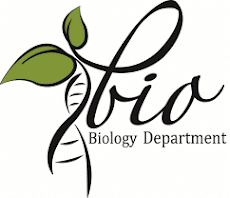Frog,Amoeba & Volvox
Frog:
Rana tigrina is the scientific title of spotted frog found commonly in our region. It is multicellular creature. It lives in both water as well as on land. Its body is partitioned into head and trunk. There's no neck. Its body is made of organ framework with different organs. Frog All organs are made of different tissues such as epithelial, glandular, muscular, anxious etc. Frog lives close trench, pools, lakes, stagnant stream and moderate moving waterways. It feed one small insect.
Amoeba:
Amoeba could be a unicellular life form found within the mud of shallow pond, pools and at any stagnant water. Its size is around 0.25mm. Amoeba features a irregular shape. It features a cell film which makes a difference in development of atoms and secures cytoplasm. The external portion of cytoplasm is clear and straightforward, called ectoplasm (gel) and internal portion is called endoplasm (sol). The cytoplasm contains core, nourishment vacuoles, mitochondria etc. Amoeba moves by false foot, called pseudopodia.
Volvox:
Volvox could be a polyphyletic (many ancestors) class of chlorophyte green algae within the family Volvocaceae. It shapes round colonies of upto 50,000 cells. They live in a assortment of new water living spaces and were to begin with detailed by Antonie Van Leeuwen Hoek in 1700.
Volvox once called algae that live together in a colony. Each Volvox cell has two flagella. The flagella beat together to roll the body in water. Volvox cells have chlorophyll and make their claim food by photosynthesis. These photosynthesis life forms are an critical portion of numerous sea-going eco system. Volvox are not hurtful to people since they don't produce any poisonous substance.




.jpeg)

.jpeg)


0 Comments